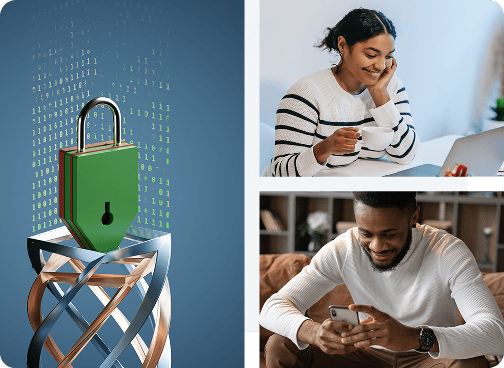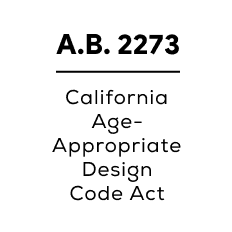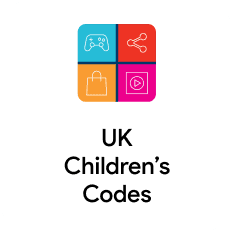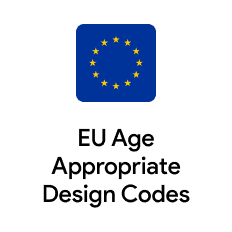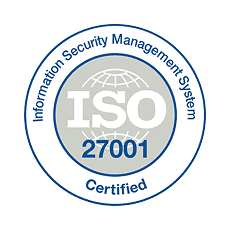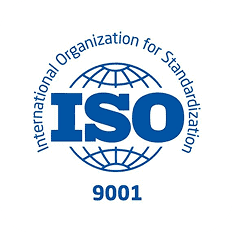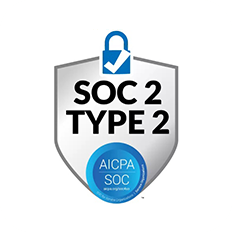Both PrivateID and Clear are full-service Credential Service Providers (CSPs) certified at NIST 800-63 IAL2 and AAL2 certified by Kantara. The difference lies in architecture and philosophy: PrivateID is purpose-built for privacy-preserving, interoperable identity authentication, while Clear’s centralized model focuses on owning and monetizing customer identity data across its branded ecosystem.
1. Privacy-Preserving Architecture
PrivateID: Performs 1:1 biometric authentication entirely at the edge — face, palm, voice, and fingerprint — ensuring no raw images or PII ever leave the device. For 1:N deduplication and fraud detection, PrivateID uses its patented Homomorphic Tokenization technology, transforming biometrics into irreversible, anonymized tokens.
•Benefits:
• Eliminates biometric honeypots and breach risk.
• Ensures global compliance (GDPR, CCPA, HIPAA, BIPA).
• Provides constant-time (~25ms) 1:N searches, no matter the gallery size.
• Enables synthetic identity and duplicate enrollment prevention without sacrificing privacy.
Clear: Biometrics and ID scans are transmitted and stored in Clear’s central databases. Data is reused across travel, retail, and payments, creating linkable identity records and monetization opportunities for Clear, but raising significant privacy risks as sensitive PII and biometrics are stored and transmitted for processing.
2. AAL2 Authentication
PrivateID: Provides true phishing-resistant AAL2 by combining biometric verification (face or multimodal) with FIDO2/WebAuthn passkeys. This model replaces usernames and passwords entirely, ensuring strong, user-consented authentication that is portable and interoperable.
Clear: While Clear supports AAL2, its approach still depends on traditional username/password credentials combined with biometric matching. This undermines the phishing resistance and frictionless login benefits that PrivateID delivers.
3. Identity Proofing (IAL2)
PrivateID: On-device enrollment performs selfie-to-ID matching, liveness detection (PAD), facial age estimation, and OCR-based ID validation (front-to-back consistency). All processing occurs locally, with only anonymized tokens transmitted for authoritative data validation.
Clear: ID and selfie captures are transmitted to Clear servers for verification and stored centrally. Users are effectively enrolling into Clear’s identity ecosystem, where Clear maintains ownership of the identity record.
4. Fraud Resistance & Deduplication
PrivateID: Homomorphic tokenization enables biometric deduplication across enrollments, detecting synthetic or duplicate identities while maintaining full privacy.
Clear: Lacks true privacy-preserving deduplication. Biometric reuse across contexts introduces linkage risk rather than fraud prevention.
5. Branding & Customer Ownership
PrivateID: Fully white-labeled, giving enterprises ownership of the UX and customer relationship. Users interact with the enterprise brand, not PrivateID.
Clear: Strongly consumer-facing brand. Partners integrate into the Clear ecosystem, but Clear maintains the direct customer relationship and data ownership.
6. Interoperability
PrivateID: Standards-based interoperability with IEEE 2410, ISO/IEC 24745, FIDO2, OIDC, and SAML, enabling seamless integration into enterprise IAM, MFA, and federated identity systems.
Clear: Primarily optimized for Clear-controlled environments (airports, venues, travel/retail partners). Less flexible for enterprises needing full IAM interoperability.
7. User Experience (UX)
PrivateID: Real-time edge processing provides instant feedback during capture (lighting, angle, glare), ensuring most users succeed on the first try. Near-instant (~20–25ms) performance supports frictionless, consistent UX across devices and bandwidth conditions.
Clear: Quality checks occur after server transmission. Users may complete the flow only to later be rejected, forcing retries and adding friction.
Summary
PrivateID delivers a privacy-first, scalable, and interoperable CSP service that performs 1:1 biometric authentication at the edge and 1:N deduplication via patented Homomorphic Tokenization, ensuring that no biometric data ever leaves the device. This approach provides unmatched fraud resistance, regulatory compliance, and user trust. At AAL2, PrivateID combines biometrics + passkeys to replace usernames and passwords entirely, delivering phishing-resistant, seamless authentication.
Clear, while also IAL2/AAL2-certified, is built around a centralized identity ownership model where biometric data is stored, reused, and monetized across contexts. Its reliance on username/password credentials alongside biometrics, combined with a consumer-facing brand strategy, creates privacy, interoperability, and trust tradeoffs for enterprises seeking strict data governance.
